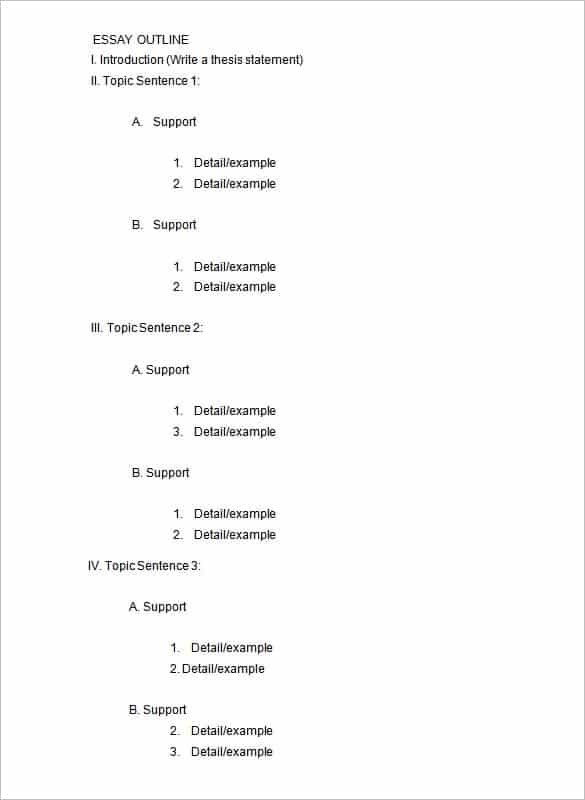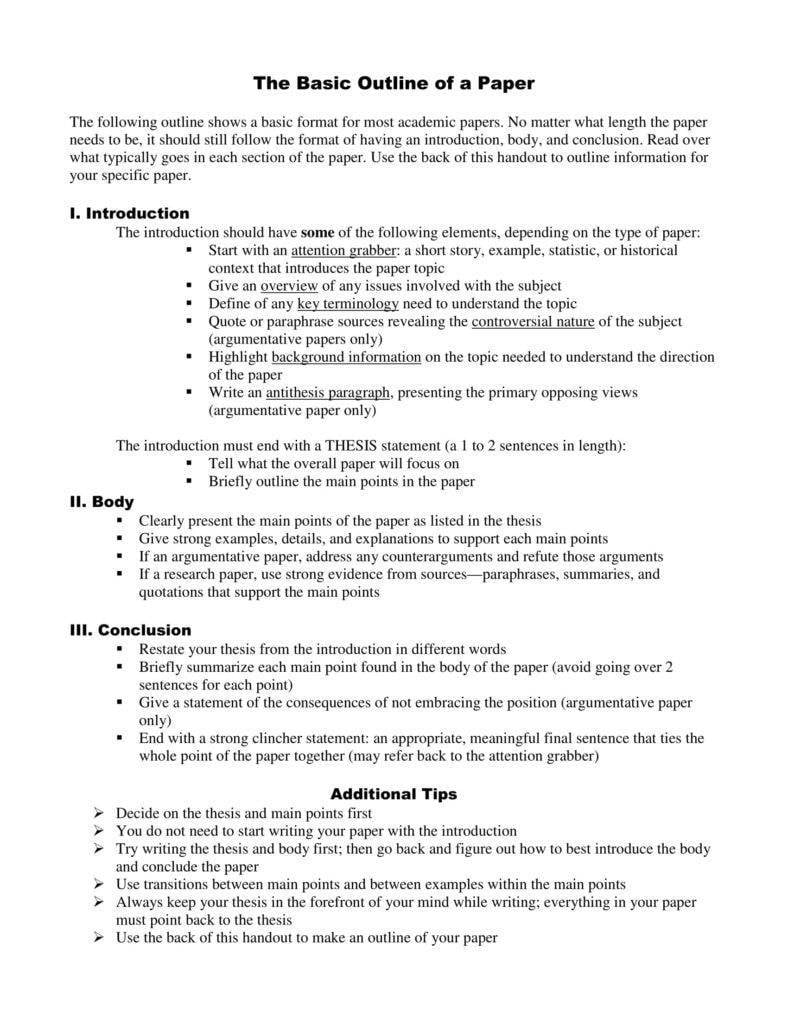

That’s not all! We also have a handful of other resources that can help you make some awesome characters.
#OUTLINE TEMPLATE PDF#
You can click here to grab a PDF copy of this template, or you can just copy and paste the categories you want from this article directly into your Character Notes in Dabble. By keeping all of your notes about characters and your plot just a click away from your manuscript, you’ll be able to write a story that is bound for the bestseller lists. The Best Character Template Ever DemographicsĬreating characters your readers will love (or love to hate) has never been easier than with Dabble. So check out the template below and think about how you can use it to build your characters. You need to pay attention to this section, because these ideas will be the ones that make memorable characters. Here is where you include things like arcs, archetypes, conflicts, goals, and motivation. Try and take some time to think about exactly who is involved in your character’s life.Ĭharacter growth is the most important category in this template. Relationships can go a lot further than immediate friends, family, or partners. Relationships are important for characters, even if it means highlighting how alone they are.

This is especially true for genres like fantasy or sci-fi, and these traits can be helpful when crafting your main characters, including villains. Strengths, weaknesses, and abilities are very vague terms but are quite important. This is where you start getting deep with things like flaws, desires, and traits that make people (or non-people) who they are.Ĭommunication is not only important for things like dialogue and writing, but they are easy ways for you to differentiate between your characters. Psychological traits are those that aren’t readily apparent to an onlooker but are critical to how your character operates in any given situation. Some of this information might never see the light of day, but it allows you to craft dynamic, complex characters. More importantly, it allows you to understand how that past affects their actions in your story. History allows you to understand a character’s past. Things like your character’s gait or their fashion style can add a lot of depth for your reader.
#OUTLINE TEMPLATE SKIN#
This goes beyond just hair, eye, and skin color, though. Physical appearance is what someone would notice about your character if they looked at them. This is the sort of information someone could likely glean from a short conversation with your character or what the government might gather from a census. In general, the traits get deeper and deeper into the abyss of your character’s soul the further down the list you go.ĭemographics are your basics. For the sake of clarity, I’m going to quickly go over the different sections of the template. But there are some options that might give you some pause. Hopefully, this template is, for the most part, straightforward. Luckily, this template will help you avoid both of those pitfalls. Readers will sniff out a half-baked character from a mile away, and you better pray they never find a poorly written character in your book. You can even grab your fillable PDF at the bottom of this article. Fill out this template with as many or as few details as you’d like. To help, here is a very thorough list of more than 100 different character traits you can use to understand more about your character than you do about your friends and family. We’ve all been there (trust me, I did a very legit survey of us all). So you have an awesome story and want to bring it to life with some incredible characters, but organizing all those character ideas in your head can be tough!


 0 kommentar(er)
0 kommentar(er)
